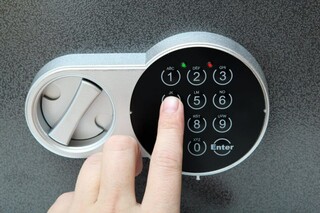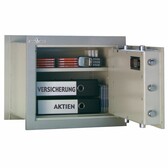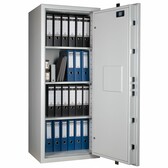You are planning to buy or have just bought a safe. You have found the ideal product for your home or business. But don't forget that it's easy to make costly mistakes after the purchase, during delivery and installation of the safe. So find out how to proceed without causing yourself unnecessary problems.
It's vital that the safe is delivered undamaged to its destination, which can sometimes prove challenging. While with small models you can manage on your own, in the case of safes weighing several hundred kilograms you will probably need the support of professionals. For some clients, the best solution is a courier or forwarding company, for others – a transport company or using the services of professionals.
It is worth considering the latter solution, because damage caused during transport by the customer's own transport may prove costly. The manufacturer, by providing a guarantee, excludes liability for damage or product defects resulting from improper transport, unprofessional installation, often resulting in the malfunctioning of the safe.
Do not make changes yourself
You may lose your warranty if you make modifications, repairs or have the safe serviced by a service centre other than the manufacturer. There are also limitations due to mechanical damage or incorrect use. Careful reading of the instruction manual will help you avoid costly mistakes, especially as they are not difficult to make at first.
Think about what kind of lock you need – is it enough to use a key, maybe you prefer to use a combination or you need a more technically advanced electronic lock with an audit function (that is, reading the last openings of the safe)? This is important as changing to a different type of lock may cause the safe to malfunction or you may void your product warranty.
Use the electronic lock correctly
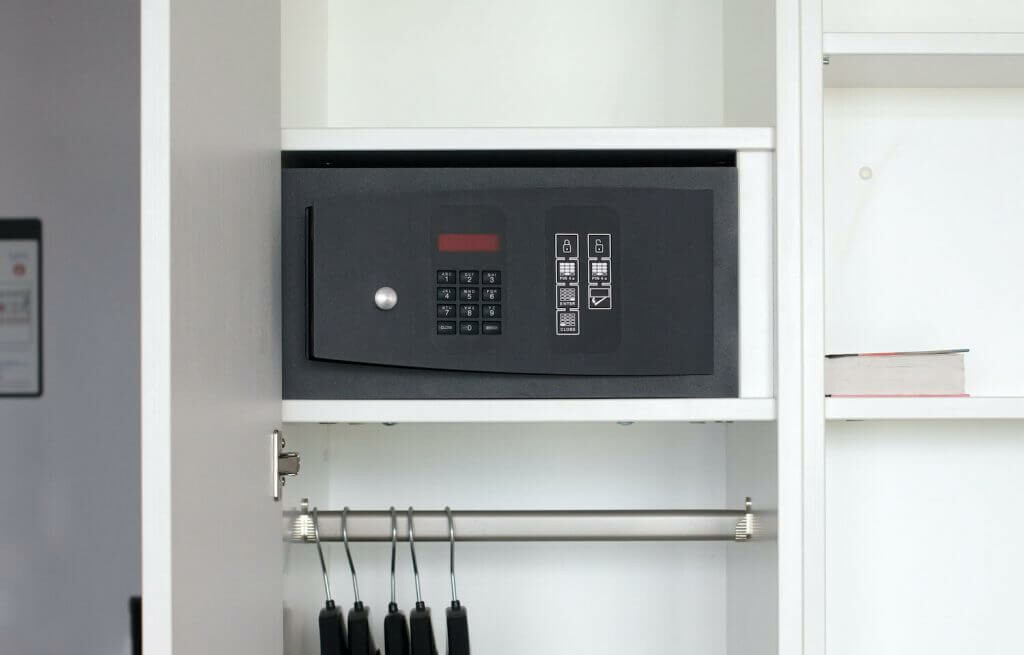
One of the first things to do when your safe is delivered is to change the individual lock code or combination. Remember to do this with the door open. If you have bought a safe equipped with a lock with a fingerprint reader, then it is necessary to program the authorised fingerprints. Sometimes mistakes are made during this activity. Incorrect reading will be caused by pressing the reader too lightly or too hard. An injured or scarred finger should also not be placed on it. Manufacturers recommend that you wash your hands not only before scanning, but also before opening. It happens that small dirt makes it impossible to identify the user.
Use the right batteries
If your choice is a safe with a key and combination lock or an electronic lock, you need the right batteries to work properly. It is not enough to choose any type (e.g. AA). Non-alkaline batteries and rechargeable batteries or cheap substitutes for branded batteries are not recommended. They may cause the lock to malfunction.
Battery installation should not be a problem. On some models, turn the electronic lock housing to the right and then remove it. Once the battery is inserted, following the indicated polarity alignment, the next step should be to put the housing on and turn it to the left. In many locks the battery compartment is located in a visible place on the inside of the door.
Thoughtful installation
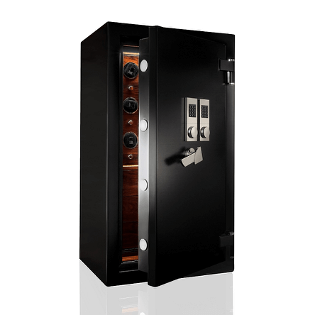
If you intend to mount the safe yourself, follow the instructions in the manual. This describes the assembly procedure step-by-step. It also lists the tools needed. Usually, a drill, spanner, screwdriver and drill bits and mounting anchors (drill bit and anchors for concrete) are useful in such situations. Remember that in this case you bear all the costs associated with the proper attachment / removal of the safe. It is also worth noting that safes weighing up to 1000 kg must be permanently mounted.
The decision to install a safe, especially a wall or a floor safe, is best taken at the design stage of the property. Of course, such models are also installed in already equipped rooms or in built-in furniture, but because of the possible difficulties, it is best to use the services of professionals. Remember that an investment in solid security that will last for years requires professional advice and support at each of its stages:
1. conception, i.e. help in choosing the right product and accompanying services,
2. execution of the order, such as delivery, carrying, setting, assembly, training in the use of the lock,
3. after-sales support (service, maintenance).
It is then worth having an experienced and reliable partner on your side. If you want to know more, please visit: www.hartmann-tresore.pl.
Also worth to read: Your first safe – 5 tips to know
Where should I store my safe and which model should I choose to effectively protect my property?
